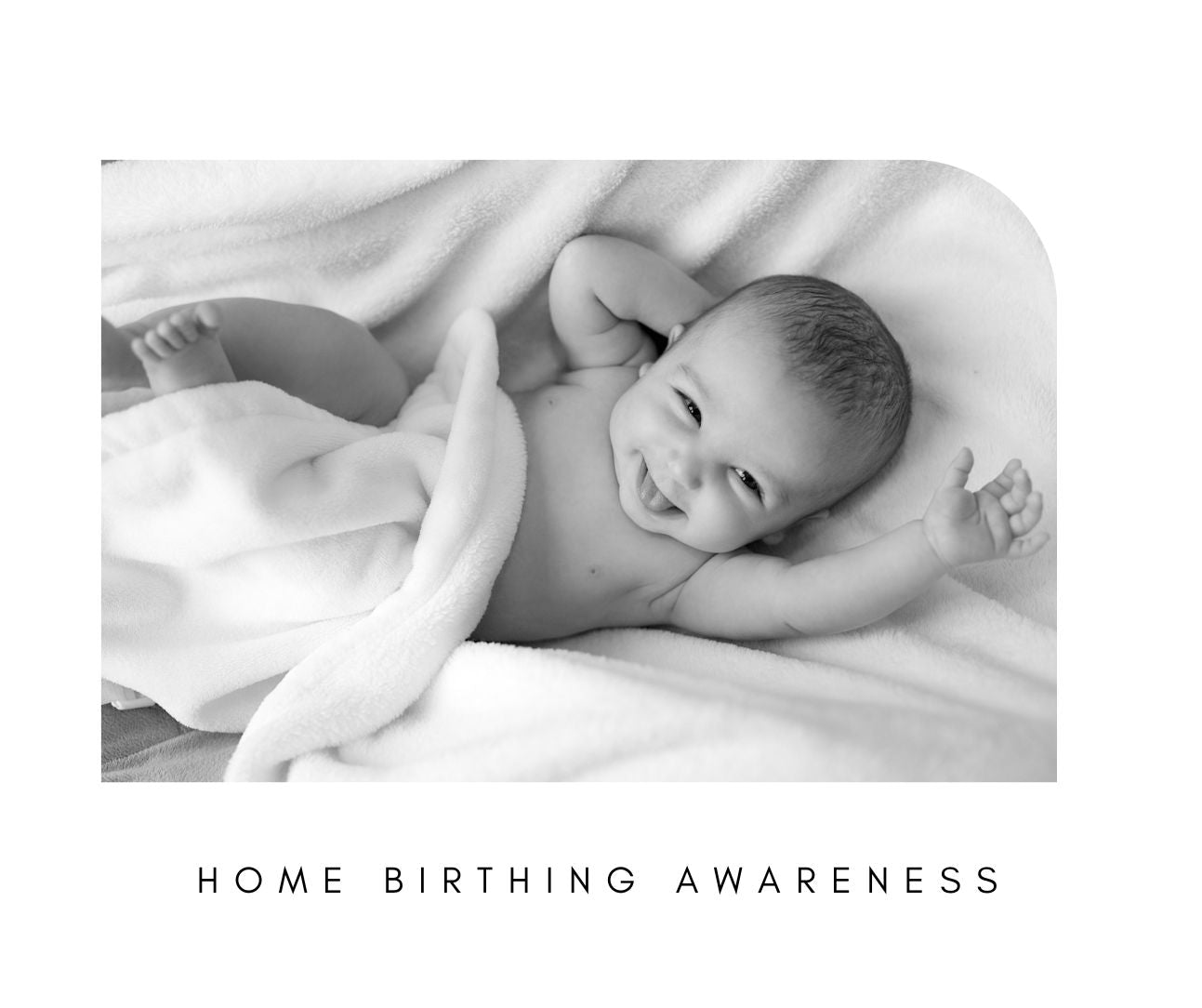Battling Postnatal Varicose Veins and Winning

Postnatal Varicose Veins: Impact, Prevention and Treatment
Bringing a new life into the world is a beautiful experience. But let's face it, pregnancy and childbirth can also bring a myriad of physical challenges, including the unwelcome arrival of postnatal varicose veins. These bulging, twisted veins can be uncomfortable, unsightly, and often misunderstood. This blog aims to demystify postnatal varicose veins, shed light on common misconceptions, explore prevention techniques, and discuss effective treatments.
Understanding Postnatal Varicose Veins
Varicose veins are swollen, visible veins that usually occur in the legs. During pregnancy, your body's blood volume increases, which puts extra pressure on your veins. Hormonal changes and the weight of the growing baby can further contribute to this condition. Postnatal varicose veins specifically refer to those veins that appear or worsen after childbirth.
Common Misconceptions About Varicose Veins
There's a lot of misinformation out there about varicose veins. Some people believe they're purely a cosmetic issue, but they can cause significant discomfort and even lead to complications if left untreated. Others think that only older women get varicose veins, but they can affect women of any age, especially during and after pregnancy.
Why Some Women Get Varicose Veins During Pregnancy
Not all women develop varicose veins during pregnancy, so why do some? Genetics play a big role; if your mother or grandmother had varicose veins, you are more likely to get them too. Additional factors include being overweight, having multiple pregnancies, and standing or sitting for long periods.
The Impact of Varicose Veins on New Mothers
Postnatal varicose veins can affect new mothers physically and emotionally. Physically, they can cause pain, swelling, and a feeling of heaviness in the legs. Emotionally, they can lead to self-consciousness and stress, which can be particularly challenging during the already demanding postpartum period.
How to Identify Varicose Veins Early
Catching varicose veins early can help you manage the symptoms more effectively. Look for blue or dark purple veins that are twisted or bulging. You might also notice swelling, achiness, or a heavy feeling in your legs. If you have any of these symptoms, it’s a good idea to consult a healthcare provider.
Preventive Measures You Can Take
Prevention is better than cure, and there are several steps you can take to reduce your risk of developing postnatal varicose veins. Regular exercise, maintaining a healthy weight, and avoiding long periods of standing or sitting can make a big difference. Elevating your legs and wearing compression stockings are also helpful preventive measures.
The Role of Diet in Preventing Varicose Veins
Your diet can play a significant role in preventing varicose veins. Eating a diet rich in fibre can help prevent constipation, which can increase pressure on your veins. Foods rich in vitamin C and bioflavonoids, such as citrus fruits, can strengthen vein walls. Also, foods rich in vitamin E will increase oxygenation of the blood supply and provide anti-inflammatory effects that may assist in the prevention and management of varicose veins, by decreasing inflammation in the vein linings. Staying hydrated is also crucial for maintaining good circulation.
Effective Home Remedies
Several home remedies can help alleviate the symptoms of postnatal varicose veins. Applying cold compresses, massaging your legs, and doing leg exercises can improve blood flow. Essential oils like lavender and peppermint can be used in massages for added relief. Always consult your healthcare provider before trying new remedies.
Medical Treatments Available
If home remedies and preventive measures aren’t enough, medical treatments are available. Sclerotherapy involves injecting a solution into the vein to close it off. Laser treatments use light energy to block off the vein. For more severe cases, surgical options like vein stripping might be recommended. Always discuss these options with your doctor to find the best treatment plan for you.
The Importance of Wearing Compression Stockings
Compression stockings are an effective way to manage varicose veins. They apply gentle pressure to your legs, promoting blood flow and reducing swelling. These stockings come in various strengths and styles, so consult your healthcare provider to find the best fit for you.
When to Seek Professional Help
While varicose veins are often harmless, there are times when you should seek professional help. If you experience severe pain, swelling, or skin changes around the veins, it's essential to consult a healthcare provider. They can assess your condition and recommend appropriate treatments.
Living with Varicose Veins
Living with varicose veins can be challenging, but it’s manageable. Regular exercise, a healthy diet, and proper medical care can help you maintain a good quality of life. Don’t hesitate to seek support from healthcare providers and support groups, as they can offer valuable advice and emotional support.
Emotional Well-being and Varicose Veins
It’s easy to focus solely on the physical discomfort of varicose veins, but emotional well-being is just as important. Feeling self-conscious about your appearance can affect your mental health. Talking to loved ones, joining support groups, and practicing self-care can make a big difference in how you feel.
Conclusion
Postnatal varicose veins can be a daunting challenge, but they don’t have to define your postpartum experience. By understanding the causes, taking preventive measures, and exploring various treatment options, you can manage this condition effectively. Remember, you are not alone in this journey. Seek support, take care of yourself, and enjoy this special time with your new baby. If you need personalised advice, consider booking a consultation with a specialist who can guide you through your options.
~ jinki.com




